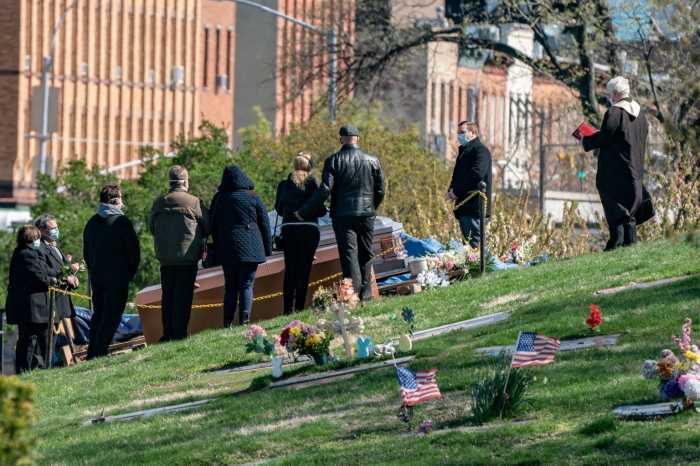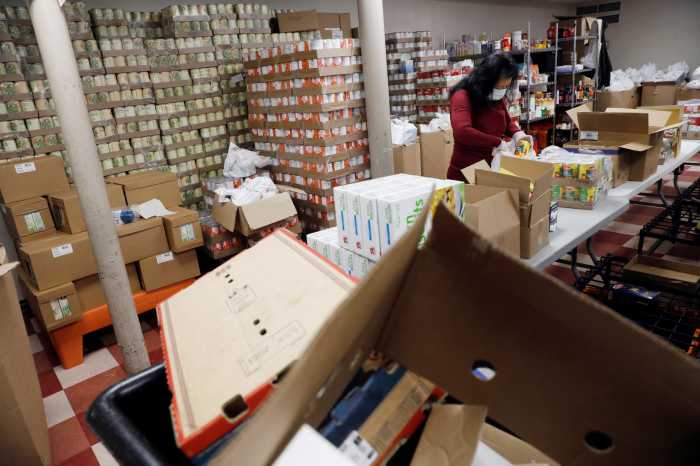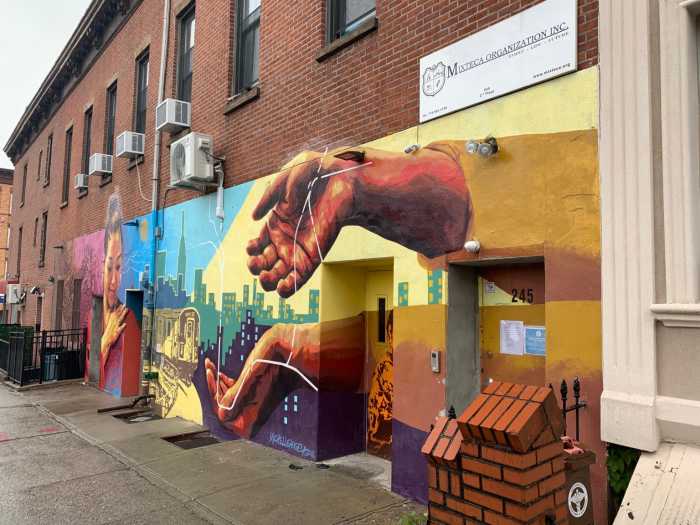There are thousands of undocumented young people enrolled in schools across New York City. This population, which studies estimate accounts for 38,000 NYC public-school students, is often left to fall behind their documented peers. The effects of this negligence can impact generations to come.
Undocumented communities have been particularly hard hit by the pandemic, as they largely exist outside of the social service net that has been critical in supporting our economy throughout COVID-19. While New York State eventually provided relief for undocumented communities, this support didn’t come until 2021, over a year after the onset of the pandemic. Many immigrant communities are also experiencing increased instances of racism and xenophobia, adding an additional layer of stress to an already traumatic year.
Recovery from the pandemic will be acutely difficult for this community, as undocumented people face increased hurdles in securing well-paying, competitive jobs. In fact, the average undocumented worker in New York City earns an annual salary of only $25,300. There’s also a demonstrated disconnect between organizations that serve undocumented communities and workforce development services, meaning most undocumented people have to rely on themselves and their communities to find jobs rather than being supported by existing systems.
We must increase our efforts to support job readiness for undocumented people to break generational cycles of poverty and counteract the negative impacts of COVID-19 on our most vulnerable populations. This must begin with preparing our undocumented youth for the jobs of the future.
Throughout the course of New York City’s modern workforce development, there has been an indispensable lynchpin: the Summer Youth Employment Program (SYEP). The origins of SYEP date back nearly 50 years. From that time to now, the Department of Youth and Community Development has seen a steady increase of young people between the ages of 14-24 participate in the program. By all accounts, SYEP is a model and an organizational standard for youth-based employment programs.
Increasing, expanding and sustaining SYEP is of the utmost importance. Yet there remains a vacuum which the city has been unable to address – undocumented youth are largely being left out. If young undocumented people are not given an opportunity to expand their work skills via SYEP-based programs, their ability to earn a living wage will be put in jeopardy.
Only by creating an even level of accessibility to job readiness opportunities can we ensure a future for New York in which all of our youth are ready and able to meet the demands of workplaces, transforming our neighborhoods in the process.
Our city, the Department of Youth and Community Development and our fellow community-based organizations, nonprofits and corporate leaders must step up to support our youth by evening the playing field and opening every SYEP opportunity to every young person, regardless of immigration status. This requires a few changes to how SYEP functions.
First, we must build stronger relationships and deeper trust with our undocumented youth. Across the city there are various organizations and DOE schools, called international schools, which serve young people who are new immigrants. By connecting with these already trusted agencies, we can bridge the divide and increase the number of youths who know about and can participate in SYEP.
Secondly, we must create a financial compensation model that does not alienate or create barriers for anyone, regardless of immigration status. By shifting the SYEP model to something more akin to a scholarship for all participants, we can create a system where no one feels stigmatized or treated differently, and every job opportunity is open to every participant. This would also close legal loopholes for employers who are interested in nurturing this forgotten population.
Thirdly, employers and the city must provide and integrate language services into their summer employment programming. While this is particularly helpful for undocumented youth, there are plenty of young people throughout the city with English as their second language.
Finally, we must build a sense of community into our summer programs. Providing our youth with cohorts and a mentor to guide them throughout the summer is critical to their success. The needs of undocumented young people, in particular, are completely different from documented youth. By creating a unique cohort for them, we can ensure they feel secure and protected throughout the program. Having a mentor they can trust will also allow them the space to ask questions and receive the support they need to grow in their role.
These changes are small but can make a lasting difference for the future of New York’s undocumented community and our city overall. They are also achievable for anyone interested in supporting undocumented youth, and we encourage everyone looking to hire and train summer support, to consider this too often overlooked community.
There are undeniable benefits to including undocumented youth in workforce readiness programs — from improving the economic well-being of our communities across the city to creating a better trained and prepared workforce of the future. Our city is working at a disadvantage if it does not enable all young people to become participants in the SYEP program.
Jason Autar is the COO of the Bronx Rising Initiative.






































